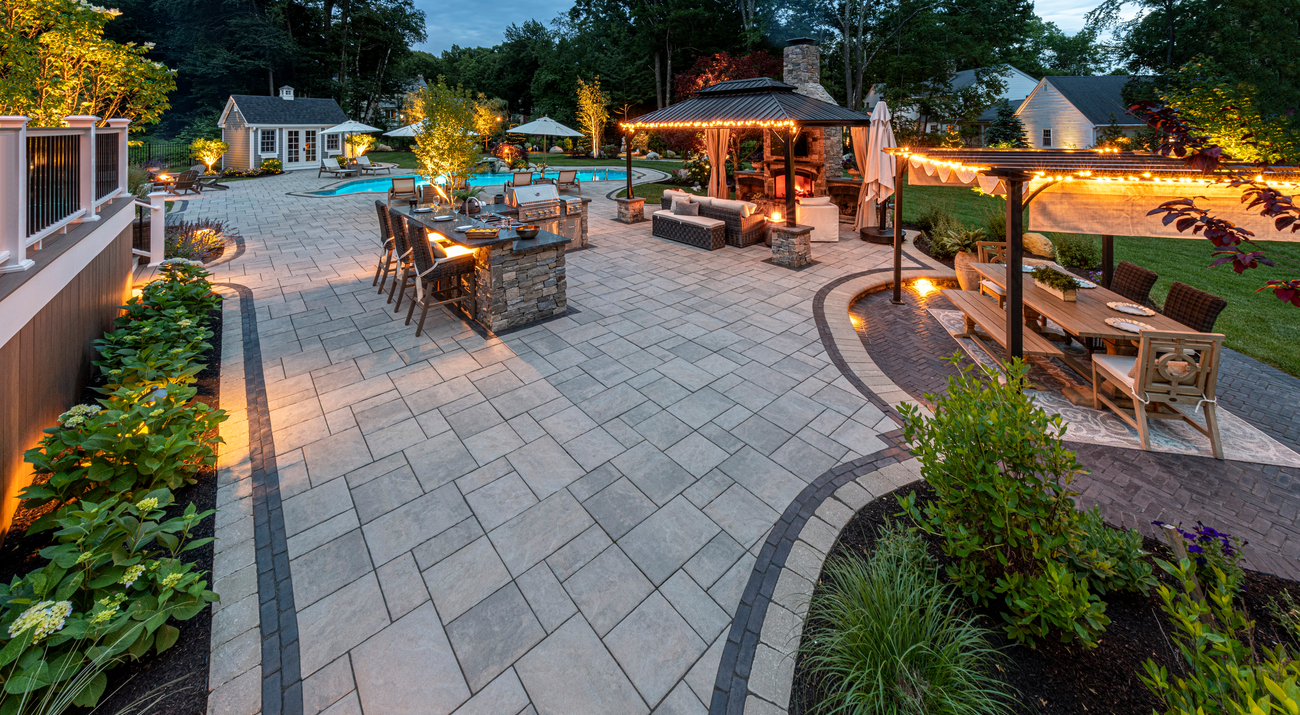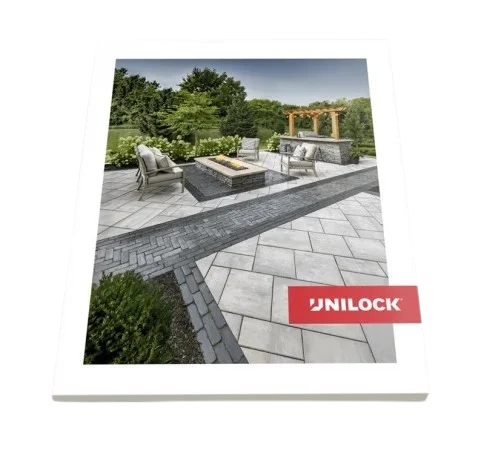Selling Landscape Lighting: Low-Voltage LED Is Here to Stay and So Is a Growing Opportunity

Are you integrating outdoor lighting into your hardscape projects? If not, you may be missing out on a large upsell opportunity. Many contractors in the U.S. and Canada are successfully training their teams to install low-voltage lighting systems and they’re adding a new, substantial revenue stream in the process.
Where to Begin: Training and Developing the Sale
Low-voltage LED lighting systems have replaced clunky halogen fixtures as the industry standard for outdoor lighting installations. This is good news for landscape contractors, as these systems are easier to install than their halogen counterparts.
Training Opportunities
Many manufacturers and distributors of outdoor lighting systems provide preliminary training and instructional materials to aid in installation and sales. For example, Outdoor Lighting Distributors in Florida provides a variety of educational options, including webinars, training videos, custom consultations, monthly training seminars, and access to an expert.
According to Cruz Perez, vice president of sales and marketing for Vista Professional Outdoor Lighting in Simi Valley, Calif., manufacturers should offer information and training on how best to install their lights. “What good manufacturers will do is give a basic introduction – these are the components, this is how you design it, this is how you install it, this is how you maintain it,” he says.
Some distributors give contractors access to a demo kit to facilitate familiarization with the products, allowing them to see first-hand how different types of lights create unique effects. Contractors should consider how landscapes look at various times of the year and how to accentuate them. The goal is to effectively enhance the mood and feeling of the space with strategic design.
There is no hard and fast rule for how long it will take to learn to install low-voltage LED lighting systems. That said, contractors can get a head start by contacting distributors and manufacturers in their area to find out what training and tools are available to them.
Developing the Sale
Once a contractor has completed initial training, they can start to incorporate low-voltage lighting systems into new contracts from the start.
The successful sale will not just attempt to sell lights, but an experience. A new lighting system adds real-world value to the client’s life. Jen Kloter, project designer at Bahler Brothers, says: “Seven years ago, our company focused solely on hardscaping. Now, half of our projects include lighting installations. There’s been a definite trend in clients wanting to take full advantage of the outdoor living spaces we’re creating. We’re not just selling lights – we’re selling extended time for families to enjoy their hardscaping. Combining lights with masonry is a tremendous added value.”
Contractors should outline the multitude of benefits the client will enjoy with integrated lighting, and help that client imagine it during the sales pitch. For example, pathway lighting serves as an added safety feature when placed near walkways or embedded under the cap of the wall system used to build the steps. A favorite tree, previously only visible in the daytime, achieves new life with a fixture positioned at its base uplighting the canopy overhead.
In addition to their discreet size, easier installation, and decreased energy consumption (compared to traditional halogen lighting), low-voltage LED lighting systems often utilize technology that makes them highly customizable. For instance, in a larger outdoor living space, clients can control their new LED lighting system with an app from their smartphone, choosing to light only a selected intimate lounging or dining area. Even individual lights can be dimmed or brightened. The client may want to change the colors of the lights, maybe to match their favorite sports team, which is also easy to do thanks to the app.
Essentially, design-build contractors should look to embrace both the emotional and practical benefits of the lighting system to close a sale.
Compounding Value: Cross-Selling Existing Clients
After lighting has been integrated into new project sales, contractors still have room to extend the value of this new service. One strategy is to cross-sell to existing clients, perhaps during regular maintenance visits, by highlighting the merits of low-voltage lighting systems. Customers who invest in hardscaping are interested in cultivating the value of their home and their outdoor area. By showcasing this new technology to existing clients, contractors have an excellent opportunity to convince them to invest in a lighting upgrade.
One effective tactic is to install a demo system in a client’s front yard for a week. Not only will this ease the client into making a new investment, the neighbors will see how good it looks, exposing the work to a new market of clientele.Perez explains how clients’ enjoyment can compound the profit margin of this service. “Once they see good lighting, they add it to their front yard, and then extend it to their backyard; it’s a cycle,” he says.
Selling low-voltage lighting systems is more than just parts and labor. The contractor must think like a designer. They should assess the hardscape design of previous projects and consider how lighting could be used to improve their aesthetics. The addition of low-voltage lighting systems elevates hardscaping from quality to luxury—and can command luxury prices as well. Contractors can show existing clients exactly how their homes will be enhanced, then, once those sales are closed, market to the rest of the homes in the neighborhood.
Branching Out Your Business with Lighting
To extend the value of low-voltage lighting sales beyond new and existing hardscape customers, contractors can begin marketing outdoor lighting systems as a standalone service to a new clientele. In fact, the majority of a business’s growth potential in lighting comes from this group of customers.
According to Brandon Stephens, president of Nite Time Decor, based in Lubbock, Texas, only one-third of sales opportunities for landscape lighting come from cross- selling existing customers. The other two-thirds come from “aftermarket” sales— people who have already invested in their homes and properties and are looking for enhancements.
Successful contractors often bring photos of their lighting work to show potential clients the difference between regular outdoor spaces and newly lit outdoor spaces. These images can also be incorporated into marketing materials, which should be adjusted accordingly to reflect the new services being offered and illustrate the work that has already been done.
The Bottom Line
Mastering the art of lighting installation opens up lucrative business opportunities for tenacious business owners looking to see major growth. New LED lighting systems come out annually as technology advances, so business owners must stay current and commit to keeping their knowledge base sharp if they want to get the most out of this new line of business. This knowledge upkeep is a small pursuit next to the substantial revenue growth a landscape business can see as a result of selling landscape lighting.







